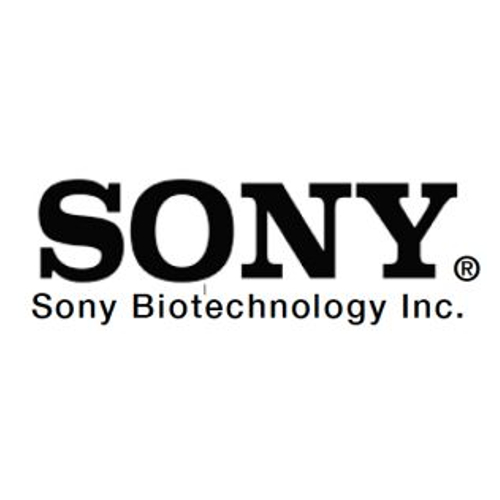CD44 Monoclonal / Brilliant Violet 605 / IM7
Product Details
| Description | Brilliant Violet 605 anti-mouse/human CD44 | |
|---|---|---|
| Conjugate | Brilliant Violet 605 | |
| Clone | IM7 | |
| Target Species | Baboon, Bovine, Canine, Chimpanzee, Cynomolgus, Equine, Feline, Human, Mouse, Porcine, Rhesus, Squirrel Monkey | |
| Applications | FC | |
| Supplier | Sony | |
| Catalog # | Sign in to view product details, citations, and spectra | |
| Size | ||
| Price | ||
| Antigen | ||
| Host | ||
| Isotype |
About CD44
The protein encoded by this gene is a cell-surface glycoprotein involved in cell-cell interactions, cell adhesion and migration. It is a receptor for hyaluronic acid (HA) and can also interact with other ligands, such as osteopontin, collagens, and matrix metalloproteinases (MMPs). This protein participates in a wide variety of cellular functions including lymphocyte activation, recirculation and homing, hematopoiesis, and tumor metastasis. Transcripts for this gene undergo complex alternative splicing that results in many functionally distinct isoforms, however, the full length nature of some of these variants has not been determined. Alternative splicing is the basis for the structural and functional diversity of this protein, and may be related to tumor metastasis. [provided by RefSeq, Jul 2008]
The protein encoded by this gene is a cell-surface glycoprotein involved in cell-cell interactions, cell adhesion and migration. It is a receptor for hyaluronic acid (HA) and can also interact with other ligands, such as osteopontin, collagens, and matrix metalloproteinases (MMPs). This protein participates in a wide variety of cellular functions including lymphocyte activation, recirculation and homing, hematopoiesis, and tumor metastasis. Transcripts for this gene undergo complex alternative splicing that results in many functionally distinct isoforms, however, the full length nature of some of these variants has not been determined. Alternative splicing is the basis for the structural and functional diversity of this protein, and may be related to tumor metastasis. [provided by RefSeq, Jul 2008]
About Brilliant Violet 605
Brilliant™ Violet 605 (BV605) is an orange/red-emitting tandem fluorophore that can be excited by the 405 nm Violet laser and collected using a 610/20 bandpass filter. BV605 has an excitation peak at 405 nm and an and emission peak at 603 nm. BV605 is most commonly used in flow cytometry and is spectrally similar to SuperBright 600 (Thermo Fisher), SuperNova v605 (Beckman Coulter) and StarBright Violet 610 (Bio-Rad). BV605 is considered to be relatively bright and should be used on antigens of moderate to low abudance. This dye is part of the Brilliant™ Violet dye line of fluorescent polymers. Brilliant™ Violet 421 polymer is employed as the donor molecule in a series of tandem dyes with acceptor molecules emitting at various points across the visible light spectrum. The Brilliant™ Violet dyes are a superior alternative to QDot nanocrystals and similar to SuperNova dye from Beckman Coulter and StarBright dyes from Bio-Rad.
Brilliant™ Violet 605 (BV605) is an orange/red-emitting tandem fluorophore that can be excited by the 405 nm Violet laser and collected using a 610/20 bandpass filter. BV605 has an excitation peak at 405 nm and an and emission peak at 603 nm. BV605 is most commonly used in flow cytometry and is spectrally similar to SuperBright 600 (Thermo Fisher), SuperNova v605 (Beckman Coulter) and StarBright Violet 610 (Bio-Rad). BV605 is considered to be relatively bright and should be used on antigens of moderate to low abudance. This dye is part of the Brilliant™ Violet dye line of fluorescent polymers. Brilliant™ Violet 421 polymer is employed as the donor molecule in a series of tandem dyes with acceptor molecules emitting at various points across the visible light spectrum. The Brilliant™ Violet dyes are a superior alternative to QDot nanocrystals and similar to SuperNova dye from Beckman Coulter and StarBright dyes from Bio-Rad.
Experiment Design Tools
Panel Builders
Looking to design a Microscopy or Flow Cytometry experiment?
Validation References
Reviews & Ratings
| Reviews |
|---|
Looking for more options?
3666 CD44 antibodies from over 55 suppliers available with over 138 conjugates.





